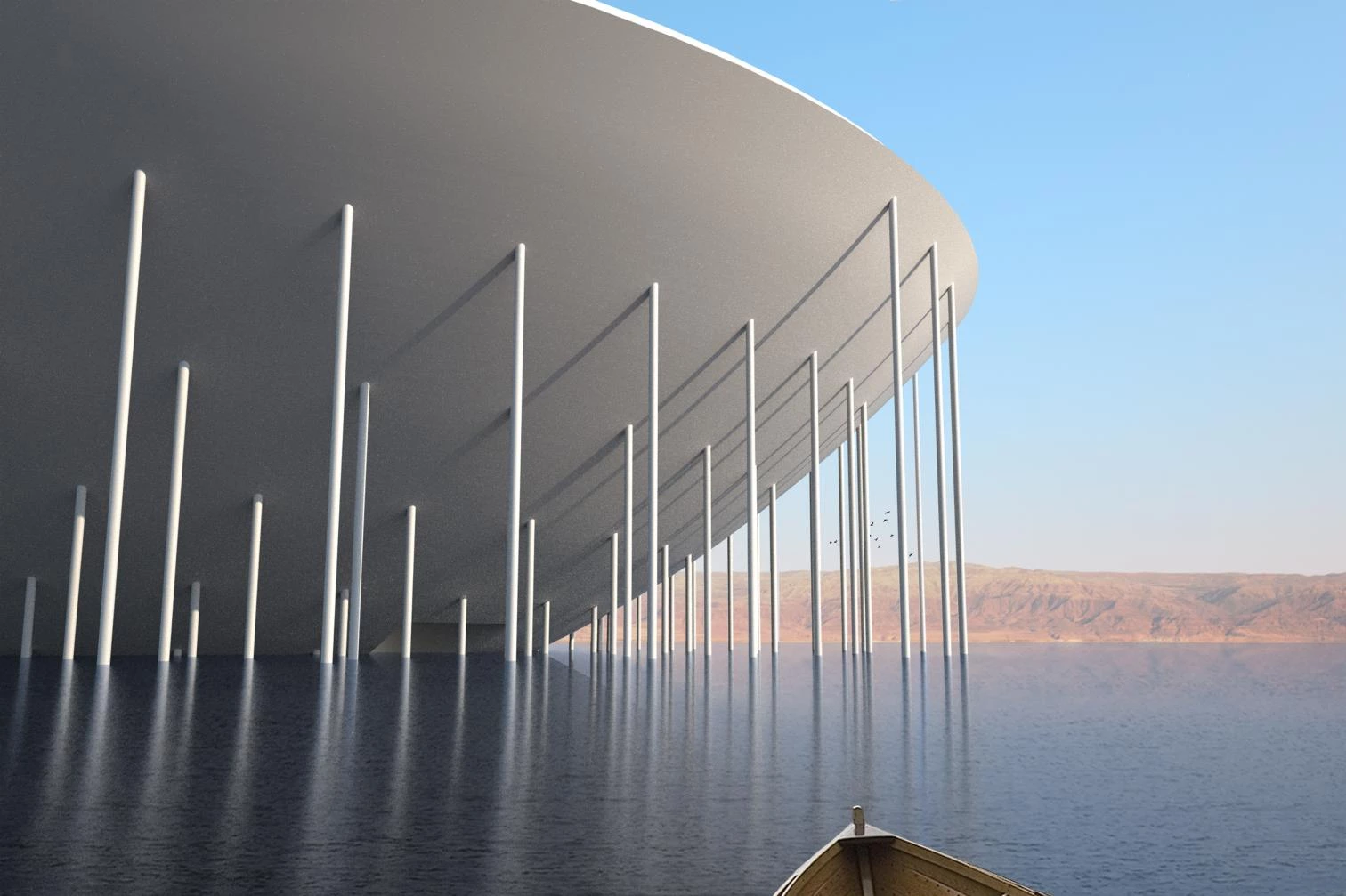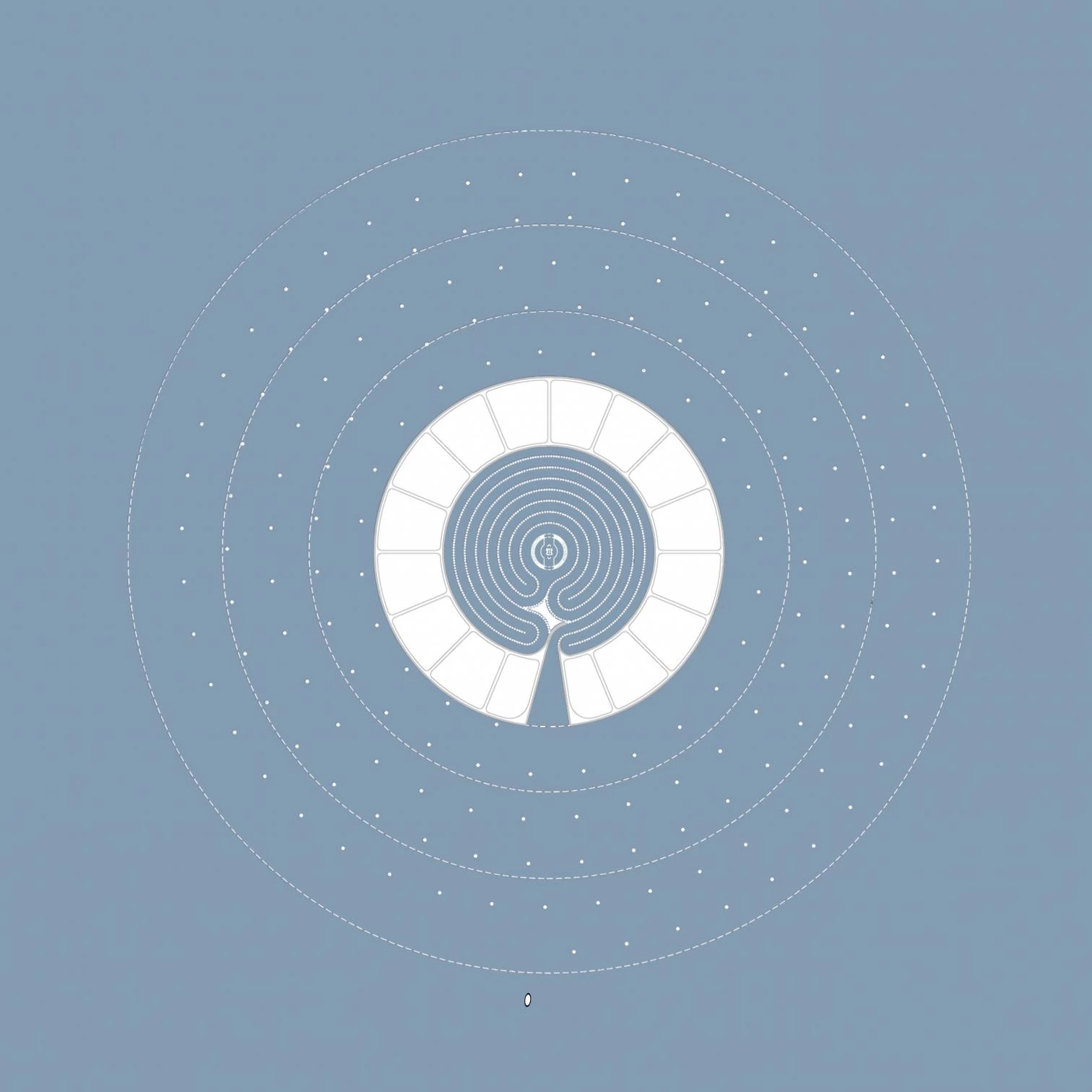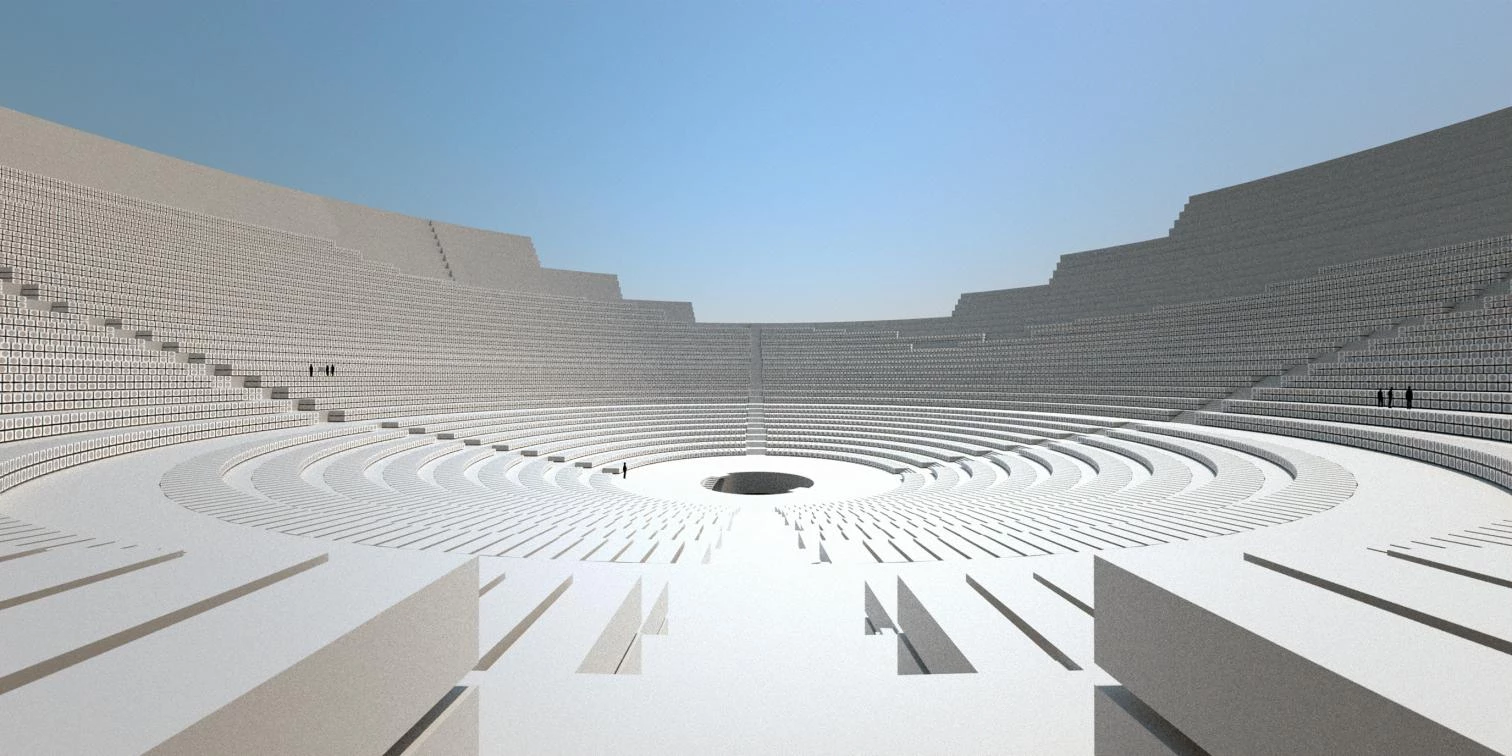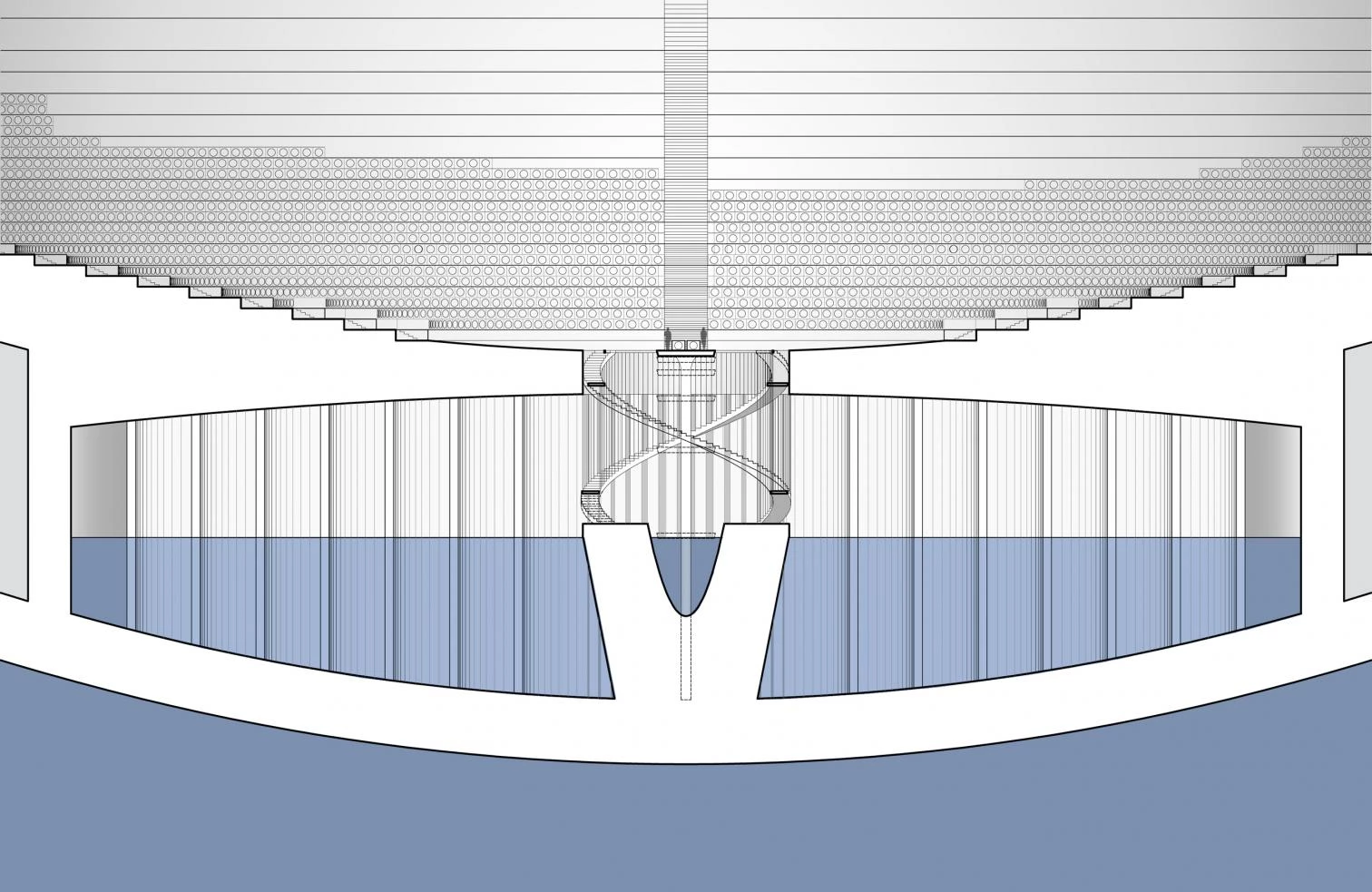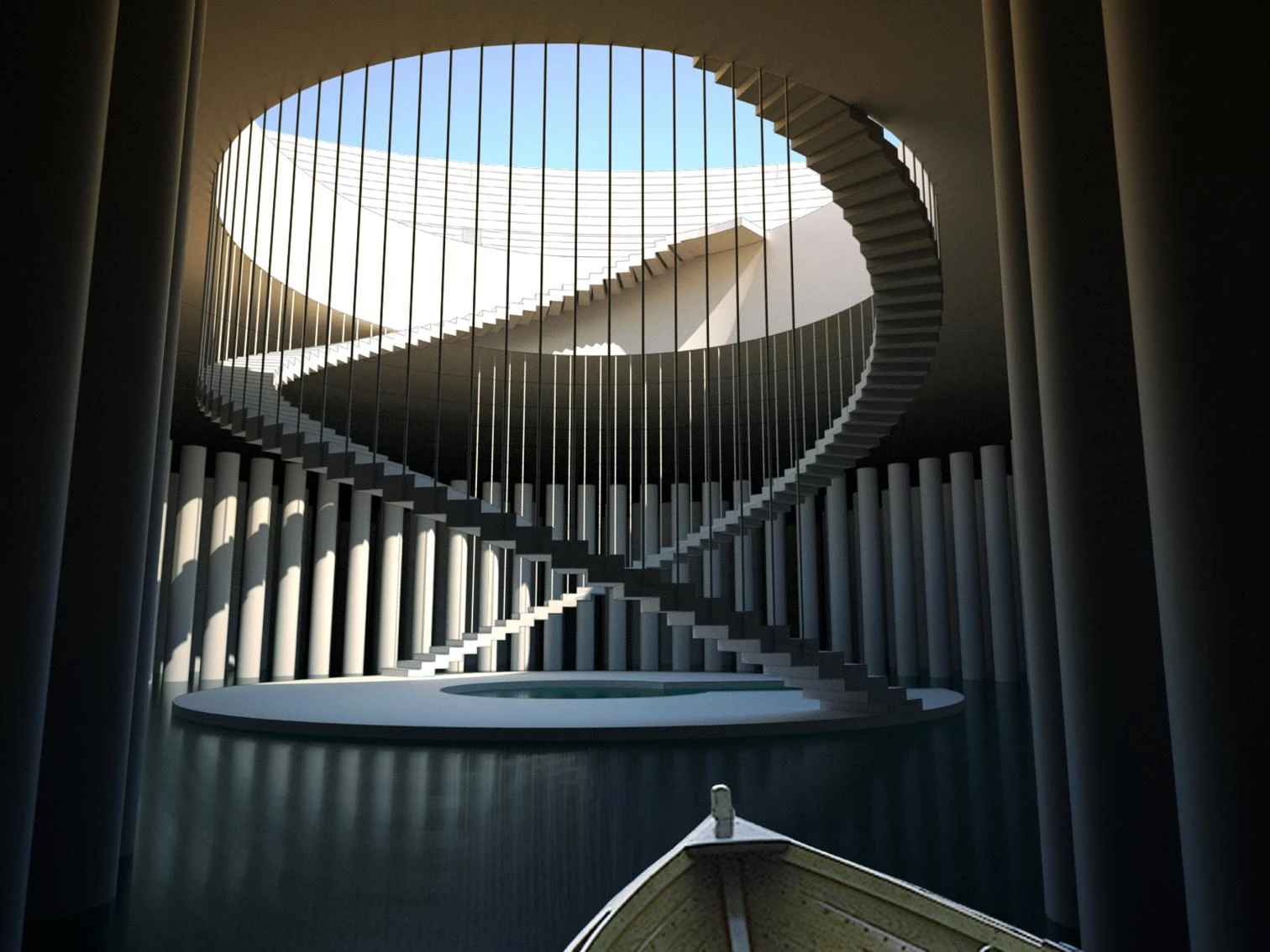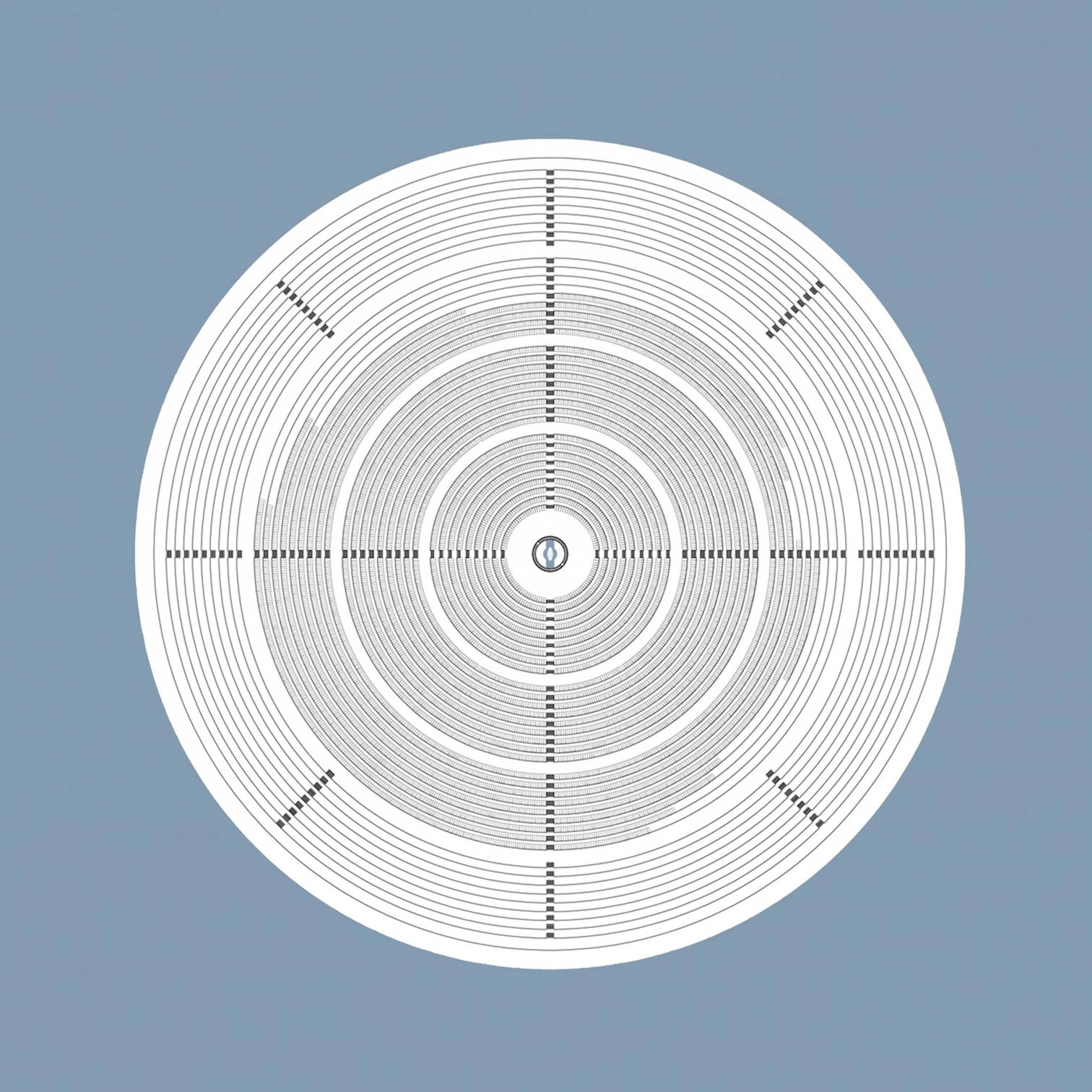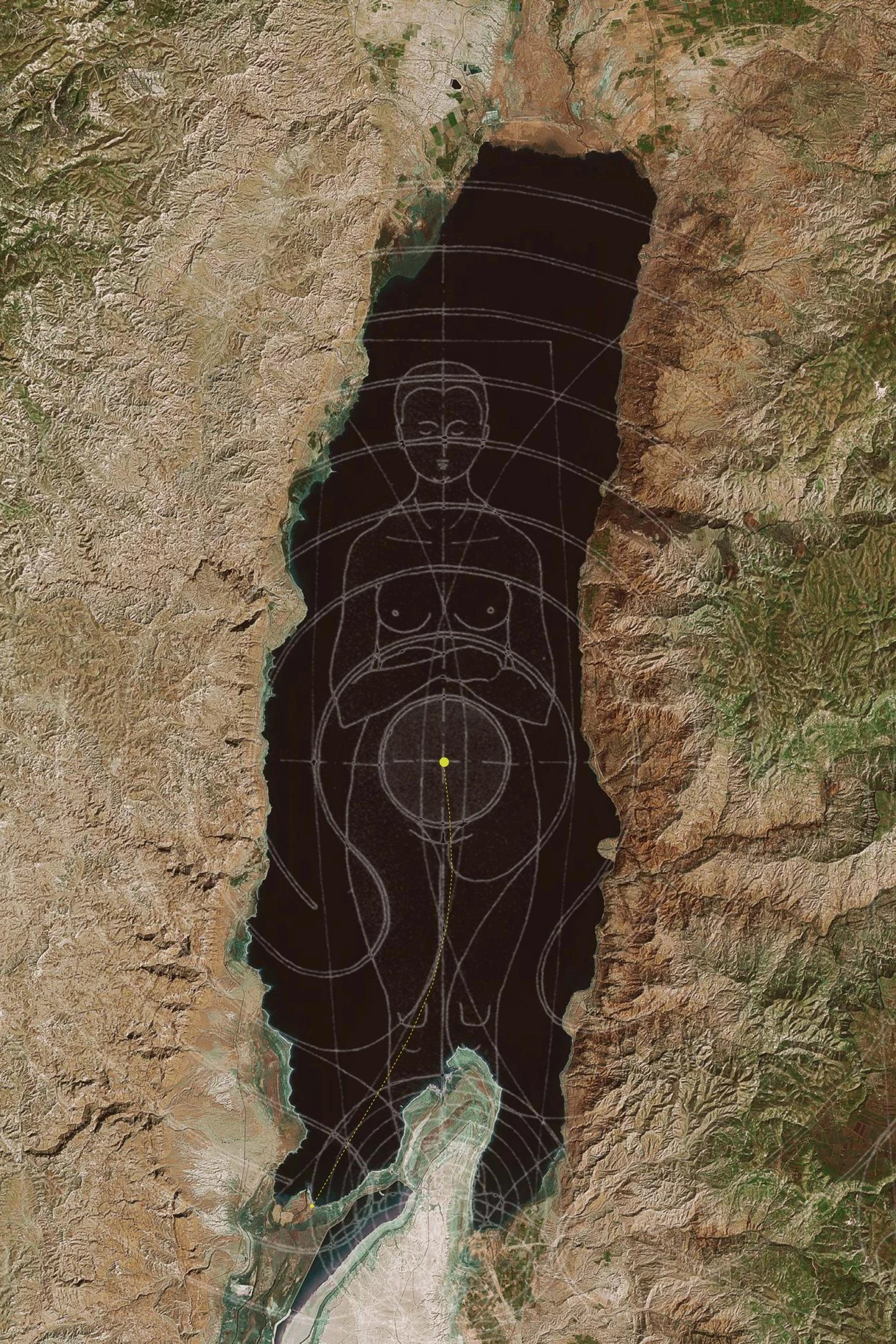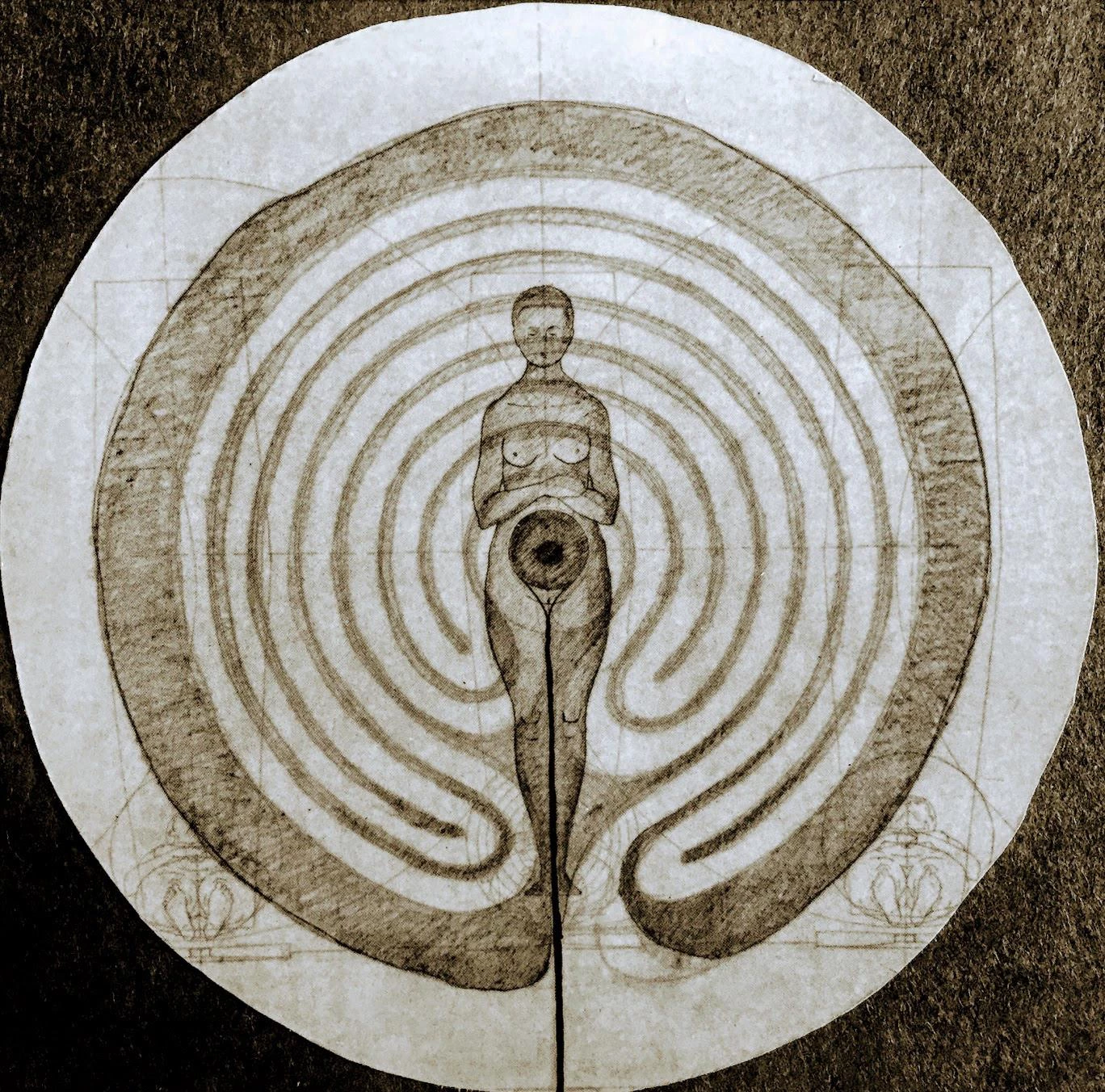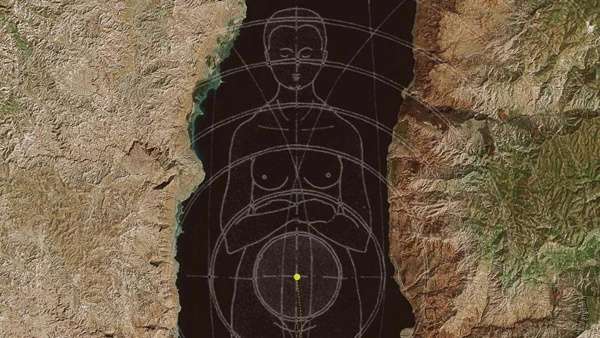Yarauvi, a universal necropolis

“They heard about a city on the border. A city that no one has ever visited. Some say it has always been there, others say it is impossible to reach or they simply turn away when someone mentions it. But now there are many people who want to go, and they know how to do it. They also know that it is the City of the Dead”. Dispatch from the front of the endemic war between the two nations of the desert
Yarauvi is a necropolis located in the Dead Sea. Any citizen of the world – regardless of nationality, race, religion, age or economic level – can choose Yarauvi as their final resting place.
Being aware of the inevitability of death is the most universal aspect of the human condition, and how humans have responded to this fact since time immemorial has defined cultures and created emotionally charged places. Our collective respect for the dead and their resting places transcends ordinary boundaries. The dead who live in Yarauvi – putting aside their identity differences – accept a common place of rest and invite us to live together and celebrate our shared humanity.
The Dead Sea is the lowest point on Earth and the only sea that does not contain animal life in its waters. However, its desert environment has experienced important historical events that make it a sacred space for Jewish, Christian and Muslim cultures. The location of Yarauvi in the center of the Dead Sea – exactly at the point where the borders of Israel, Palestine and Jordan meet – symbolically marks a precise place steeped in history, and at the same time questions the absurd artificiality of borders between nations.
Yarauvi is a bowl-shaped parabolic structure that grows in concentric rings supported on a submerged truss that floats in the buoyant waters of the Dead Sea. The dead are transported to Yarauvi two by two, in small boats that set sail from the southern shore of the Dead Sea. The boat enters the necropolis at its base and must navigate a long labyrinth that invariably, but with great effort, leads to the center of the necropolis. From there, the dead are elevated to the space above.
The inhabitants of Yarauvi will progressively fill the necropolis, arranging their urns or sarcophagi in a concentric configuration, one facing the other, in the open sky. As more people choose Yarauvi as their final resting place, the city of the dead will grow and become a living testimony of universal commitment to the principles of tolerance and reconciliation.
The germ of Yarauvi was born at Yale University in 1990 and since then Juan Miró has continued working on its development from his studio, Miró Rivera Architects.
